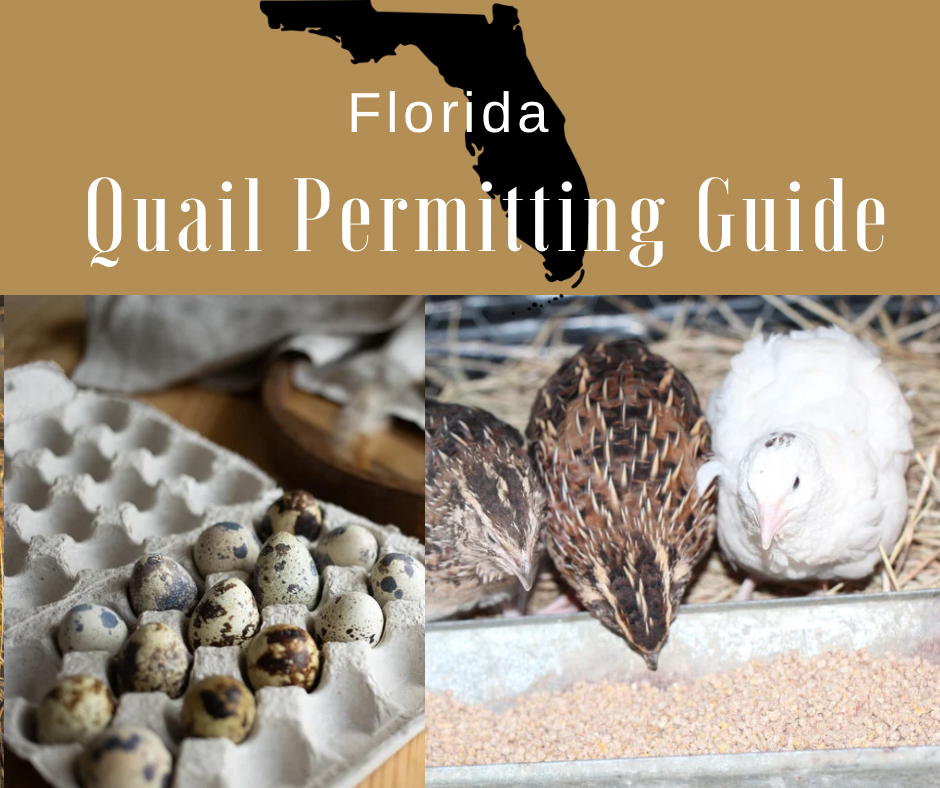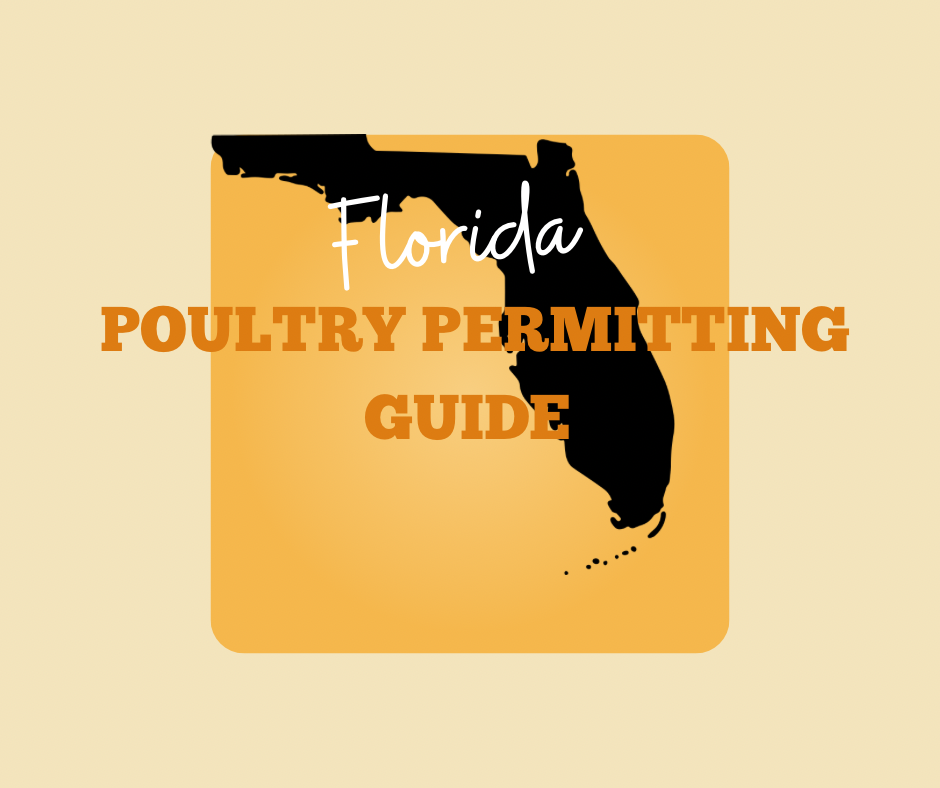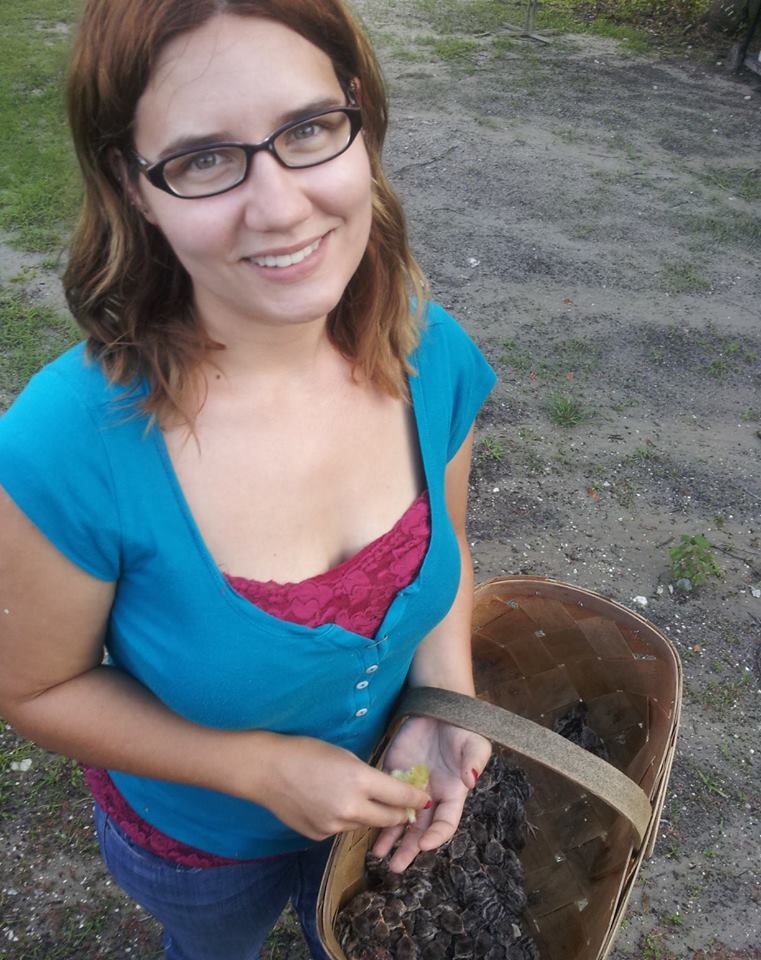There’s something undeniably fascinating about blue eggs. While commonly associated with chickens like the Araucana and Cream Legbar, blue eggs in Coturnix quail are much rarer—and their genetics are still a work in progress.
The Celedon gene, responsible for producing these striking eggs, has gained popularity among breeders looking to add variety to their flocks. However, ensuring true blue layers requires careful breeding, genetic testing, and sometimes a bit of luck.
Let’s dive into the mystery of the Celedon gene, the challenges of breeding for blue eggs, and why test breeding is crucial for those looking to guarantee this unique trait in their quail.
What Is the Celedon Gene?
The Celedon gene (Ce) is a recessive genetic trait in Coturnix quail that causes hens to lay blue or greenish-blue eggs instead of the usual brown-speckled eggs. Unlike pigment-based eggshell coloration seen in chickens, where blue comes from a dominant gene (such as the O gene in Araucanas), the Celedon gene in quail follows a recessive inheritance pattern.
How It Works
For a quail to lay blue eggs, both parents must carry the Celedon gene:
- If both the hen and cock carry Ce (Ce/Ce) → The hen will lay blue eggs.
- If only one parent carries Ce (Ce/–) → The offspring will not lay blue eggs but may carry the gene.
- If neither parent carries Ce → No blue eggs, no matter how much selective breeding occurs.
This means that if you hatch eggs from a Celedon-laying hen but don’t know if the cock carries the gene, only some of the offspring may lay blue eggs, while others will not.
The Challenges of Breeding True Blue Layers
Test Breeding Is Essential
Since Celedon is recessive, blindly pairing birds won’t guarantee blue egg layers. Breeders must track egg color, separate breeding groups, and grow out birds carefully to confirm genetic carriers.
Keeping eggs from Celedon-layer candidates separate is vital—otherwise, eggs from non-Celedon hens could be mistakenly attributed to the wrong birds, confusing breeding programs.
Shipping & Incubation Risks
Hatching eggs are always a gamble, as shipping stress can reduce fertility and embryo viability. In my most recent attempt to introduce new true blue Celedon Coturnix, I ordered hatching eggs to outcross with my existing lines. I ordered eggs from a reputable breeder and got a few dozen eggs.
Unfortunately, only one egg hatched out of several dozen—likely due to shipping damage affecting development. While disappointing, this highlights the risk of relying on shipped eggs for genetic improvements. I focus on incubation in my newest book.
The one surviving chick matured and laid its first egg today—but it wasn’t blue. Since it didn’t carry the true Celedon trait, she was moved to a different breeding project, ensuring my Celedon line remains pure.
Variability in the Celedon Expression
Even within Celedon-positive birds, egg color can vary and even lighten overtime. Some hens lay vibrant blue eggs, while others lay paler shades or even green-tinted eggs. Breeding for consistency takes multiple generations of selection to refine egg color intensity and ensure the gene is truly stabilized.
Why Blue Egg Genetics Matter for Breeders
For breeders aiming to sell true Celedon Coturnix or offer hatching eggs with guaranteed blue-laying offspring, test breeding and documentation are key. Buyers should look for breeders who:
✔️ Keep strict breeding records on which birds lay Celedon eggs.
✔️ Grow out and test-pair birds rather than selling unverified eggs.
✔️ Are transparent about the challenges of maintaining the Celedon line.
Many buyers are disappointed when eggs from supposed Celedon stock hatch into birds that lay normal eggs—often due to poor selection or untested cocks.
The Future of Celedon Coturnix
As more breeders work with Celedon genetics, the availability of reliable blue-egg layers will improve. However, breeding for purity, stability, and consistency will always be a challenge.
For those interested in adding true Celedon Coturnix to their covey, patience is key. Whether through selective breeding or purchasing from reputable sources, the reward is a flock producing stunning blue eggs—a true rarity in the world of Coturnix quail.
For those looking to raise their own quail for sustainable egg production, I highly recommend starting with carefully selected breeders who have documented proof of Celedon inheritance. If you’re interested in high-quality quail, visit our website to explore hatching egg options and expert poultry guidance.
Final Takeaway
- Celadon is recessive—both parents must carry the gene.
- Test breeding is a must—never assume a blue egg layer without proof.
- Shipping eggs comes with risks—hatch rates may vary.
- Supporting knowledgeable breeders ensures better genetics and more reliable blue egg layers.











